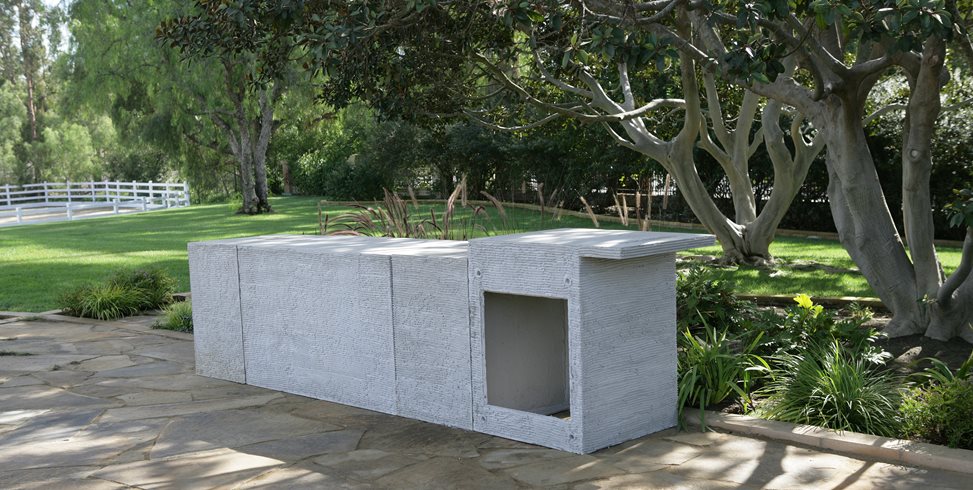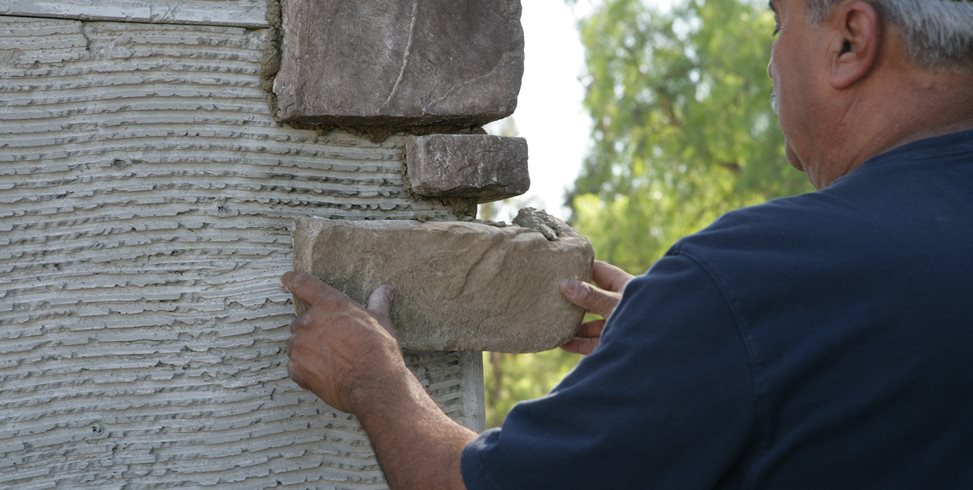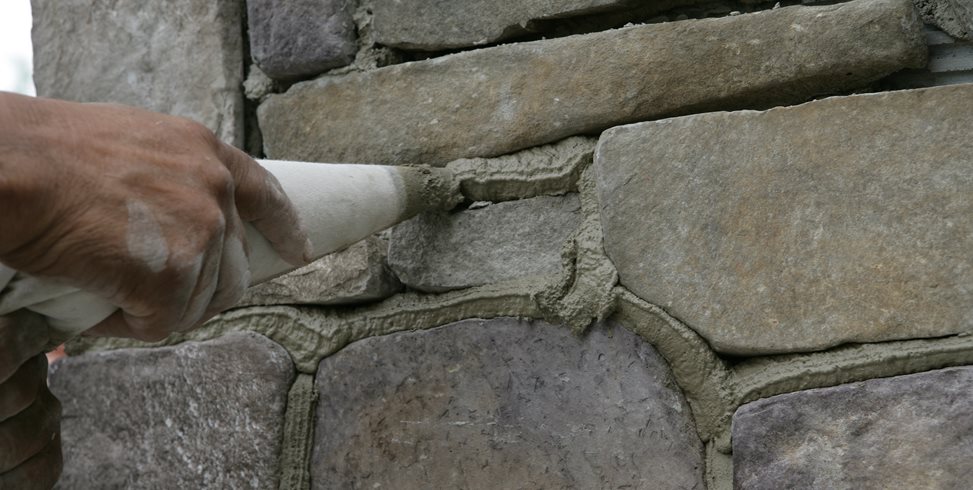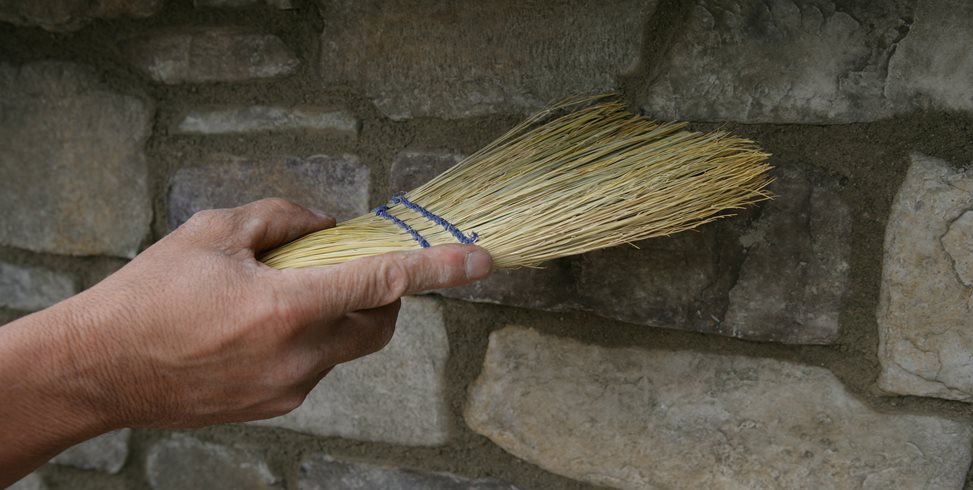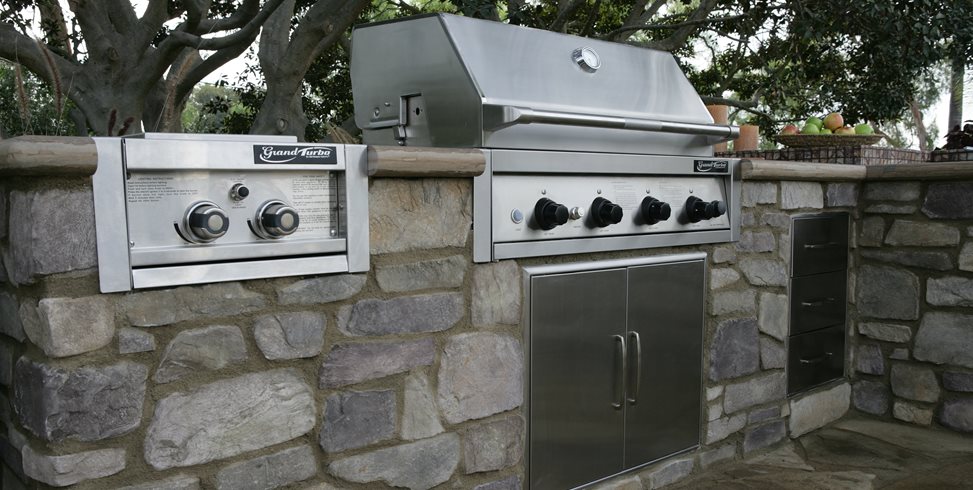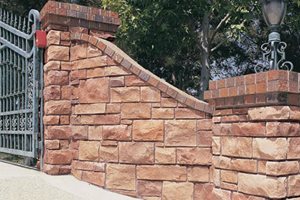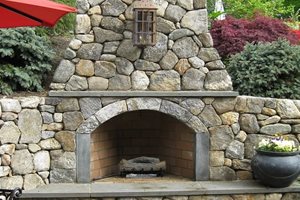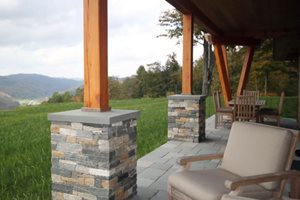How to Install Stone Veneer
A step-by-step overview for applying stone veneerThe way stone veneer is installed will vary with the kind of material chosen. There will be differences between natural stone veneer and thin stone veneer. The pattern chosen will also have an impact, particularly if its ledgestone which is often installed using natural stone panels. Manufactured stone has its own group of nuances due to the special pieces designed for edging and corners.
Another factor that influences the ease of exterior installation is the kind of substrate or wall it is applied to. Walls that are wood framed will require special reinforcement to ensure they withstand the added weight and wind loads that veneer presents. For concrete block or poured concrete walls, reinforcement and water proofing are critical. For those considering a do-it-yourself veneer project, be sure to research the preparation of the kind of wall you have, and it's structural and surface relationship to the kind of stone veneer you choose.
Stone Veneer Application Step-by-Step
A tidy work site is the sign of quality masonry work. Expect the area to be cleaned and free of excess concrete or mortar on all surfaces at the end of each work day. Material allowed to fully dry can be difficult to remove without residue later on. Be equally careful of dust and stone chips as well.
Step 1 - Surface Preparation
If the wall is wood framed, cover the entire wall surface with expanded metal lath. Overlap all joints and corners and do not leave seams at corners. Overlap at least 6" on vertical seams and 2" on horizontal seams. For unpainted concrete block, stucco or poured concrete, no lath is required.
Step 2 - Scratch Coat
Then sand and mortar mix is applied in a thin layer over the metal lath for 100% coverage that is perfectly level on the surface. This is the best time to fix problems with a wall such as recessed spots or cracks with a clean level surface. Scratch up the surface while it is still wet using a rake or mason's scratcher, then allow it to dry 48 hours before setting the stone.
Step 3 - Trim to Fit
Stone veneer may require slight trimming to shape or cut it for each application. This is vital to ensuring tight mortar joints. Some patterns may require little trimming while others such as mosaic may require a great deal for a perfect fit.
Step 4 - Apply Mortar to Stone
Trowel or butter each stone with a 1/2" to 3/4" layer of mortar onto the back of the veneer stone just before it is set onto the wall.
Step 5 - Apply Stone to Wall
Begin at the top of the wall and place large stones first, then fill in gaps with smaller ones. Keep stone joints as narrow as possible to minimize grout lines for a more natural look. Strive for contrast in size and color for more visual interest. Push firmly and wiggle it slightly to squeeze out excess mortar from behind the stone. Experienced masons know exactly how this should be done for maximum adherence, but for DIY, adding thinset to mortar may give it a tackier texture.
Step 6 - Finishing
Once all stone is set, wait a half hour to one hour to push mortar deeper into the joints and remove any excess mortar that doesn't belong. Clean all joints and stone surfaces to prepare for grouting.
Step 7 - Grouting
Color may be added to your grouting mortar to help it blend in more naturally with your stone hues. Use a grout bag half full to force mortar deeply into all the joints.
It's best to hire a contractor to ensure the job is done right, particularly if you are planning to use natural stone that needs to be trimmed to fit. Drystack also requires special skills. While many contractors have experience with ledgestone, it's hard to find those who had laid drystack in other patterns such as ashlar. Your contractor should possess the skill set and experience necessary to install with the kind of veneer you want into the landscape you've installed.

 Backyards
Backyards
 Front Yards
Front Yards
